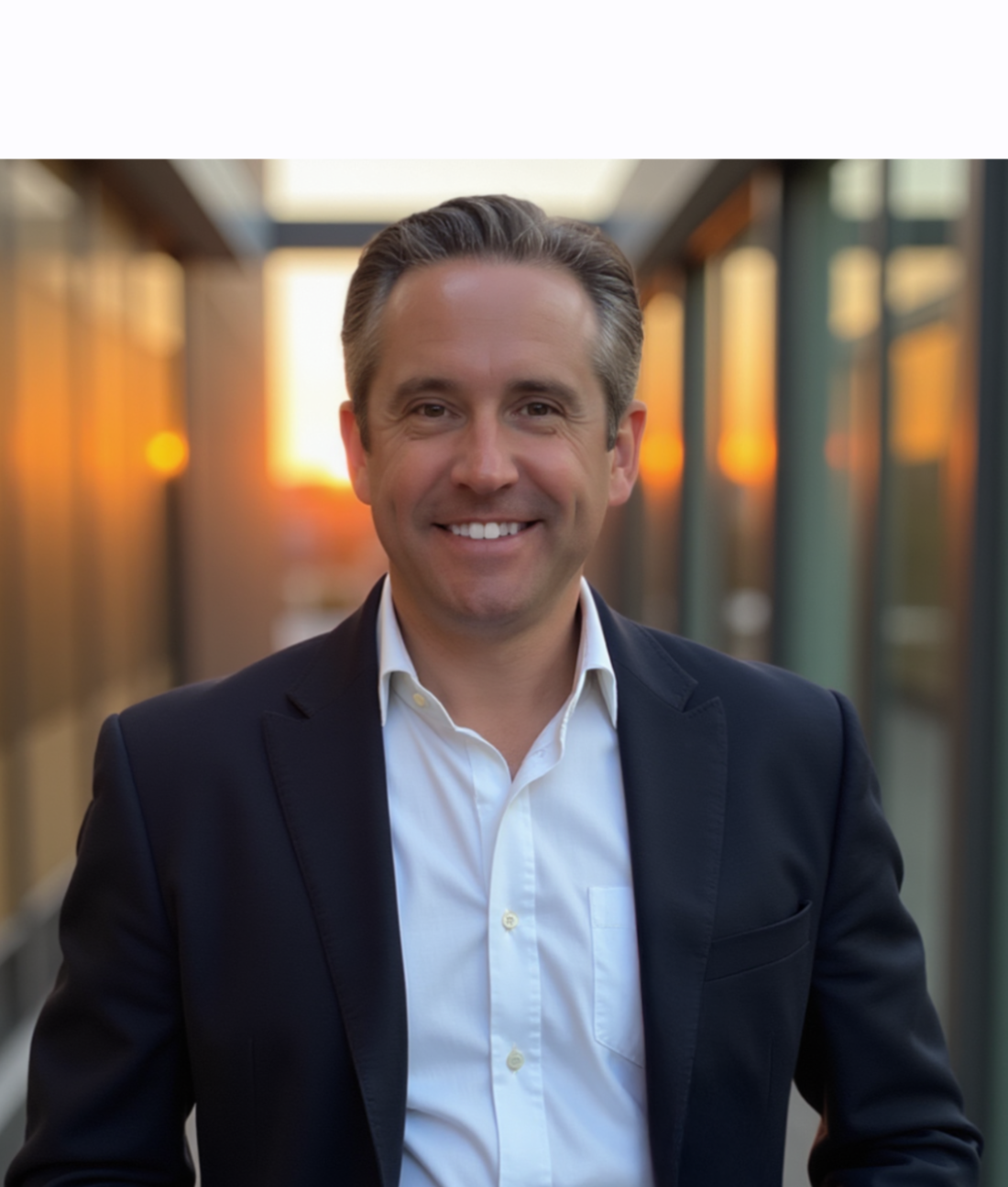Derisking early-stage investments to solve global healthcare challenges

The global healthcare landscape faces mounting pressures: limited resources, a shortage of healthcare professionals, and rising demand driven by an aging population and an increase in chronic diseases. However, these challenges also create opportunities for transformative innovation. Early-stage investment, especially in the healthcare sector, has the potential to deliver significant returns—both financially and in terms of societal impact. But investors must navigate a complex landscape to unlock this potential.
Innovation is critical if we are to overcome healthcare’s growing challenges. Technological advancements in areas such as medical devices, digital health, and advanced diagnostics can revolutionize patient care, reduce costs, and alleviate the burden of overworked healthcare workers. However, despite the clear need for innovation, there is a lack of funding flowing into early-stage healthcare ventures, particularly in Europe.
The funding gap is particularly acute in the early stages of innovation, where risk is highest and the path to commercialization is most uncertain. Historically, this space has been dominated by family offices and private individuals eager to capture above-market returns while enabling impactful breakthroughs in healthcare innovation.
Yet, institutional investors, who hold the key to scaling innovations due to their capacity for sustained, large-scale funding and long-term investment horizons, have largely refrained from entering this market due to the volatility in early-stage healthcare ventures and the associated small ticket sizes. In this article, we will explore three key strategies to derisk early-stage healthcare investments - thereby making it a more attractive asset class for institutional investors - to catalyze on the opportunity of fueling innovation and tackling global healthcare challenges.
- Mitigating volatility through diversification and scale
For institutional investors, the high volatility of early-stage venture capital (VC) has been a major deterrent in allocating capital to this asset class. Looking at historical performance of VC funds, top quartile funds have been able to return >25% annualized returns. However, bottom quartile fund managers often struggle to return investors’ capital, making venture capital the asset class with the highest performance dispersion. The underlying cause of this variability is inherent to the VC business model: whilst a single breakthrough can deliver outsized gains, many ventures struggle to reach their full potential. The instability of this asset class is exacerbated by the typical VC model of concentrating capital into a few ‘high conviction bets’, resulting in wild swings between winners and losers. However, this volatility doesn't have to be a barrier. The solution? A strategy that reduces volatility through diversification and scale.
By expanding portfolios to not only include a broad array of healthcare technologies across multiple sectors—biotech, medtech, digital health— but also increasing the number of portfolio companies beyond what traditional VC funds offer, investors can spread their risk and obtain a more stable, predictable return profile, thereby reducing the uncertainty that has traditionally kept institutional investors out of early-stage healthcare.
- Improved decision making due to scale advantages
Moreover, larger portfolios not only spread risk but also create scale advantages. To make the early-stage investment landscape more attractive for institutional investors, improving the overall success rate of ventures is critical. Building ventures at scale is key to this endeavor. By doing this, network effects can prevent the most common pitfalls for start-ups and ensure they have a higher chance of success. Through scale, ventures gain access to shared knowledge, resources, and experiences, significantly increasing their chances of success.
- Private equity playbook
In early-stage healthcare investing, success often hinges on more than just funding. Active shareholder involvement — an approach borrowed from private equity (PE) — can be a powerful tool in derisking investments. Whilst most venture capital funds do employ an active portfolio management strategy, they typically do not provide the type of in-depth support that PE investors offer, nor can they exercise similar levels of control. In the earliest stages of a company’s development however, it is critical to use the experiences gained on a portfolio-level and implement those in the individual ventures. By providing true hands-on support to startups, one can guide business strategy, appoint key leadership, and ensure ventures remain aligned with market needs. Within the start-up world, we are seeing this type of ‘PE-like’ engagement becoming more prevalent, most notably within the venture studio model. This allows these investors to anticipate their portfolio companies’ challenges early and adapt strategies accordingly, thereby significantly increasing the chances of success.
Driving healthcare innovation with institutional capital
When brilliant minds struggle to bring their inventions to life, progress and innovation suffer, posing a significant challenge to our society. We must innovate for a healthier future.
As healthcare challenges continue to mount globally, the role of early-stage investment becomes even more vital. Institutional investors have a unique opportunity to contribute to this transformation, not only by capitalizing on potential financial returns but by leaving a lasting impact on society. The top 300 pension funds globally manage US$22.6 trillion in assets. This represents an immense potential to drive systemic change. By directing even a fraction of this capital toward early-stage healthcare innovations, they can help unlock the societal value these technologies can generate.
By partnering with specialized investors and operators who can build and manage diversified portfolios of transformative healthcare innovations, institutional capital has the opportunity to define the future of healthcare, improving millions of lives and building a healthier world for generations to come...















%2520980x600.jpeg)



